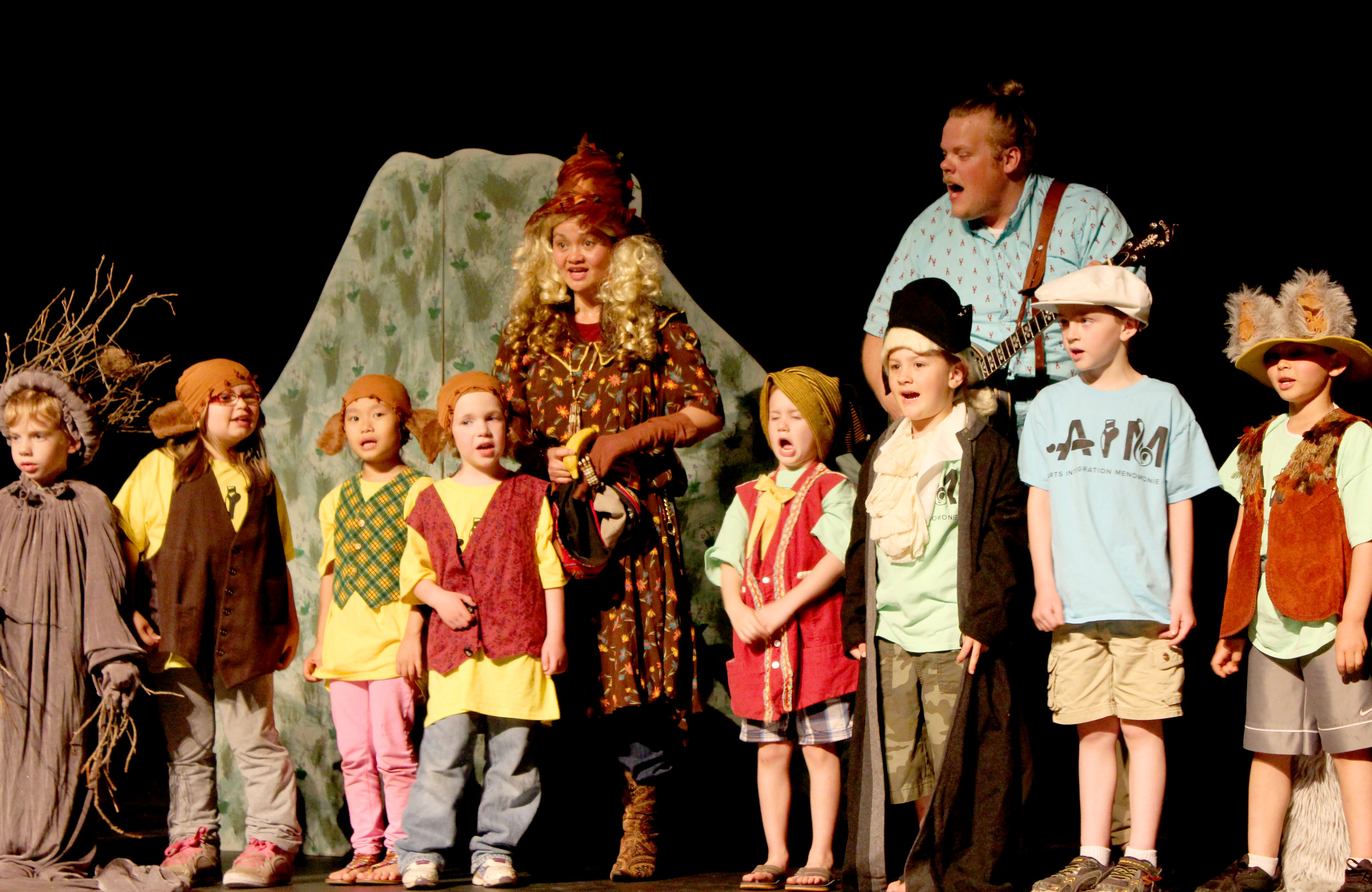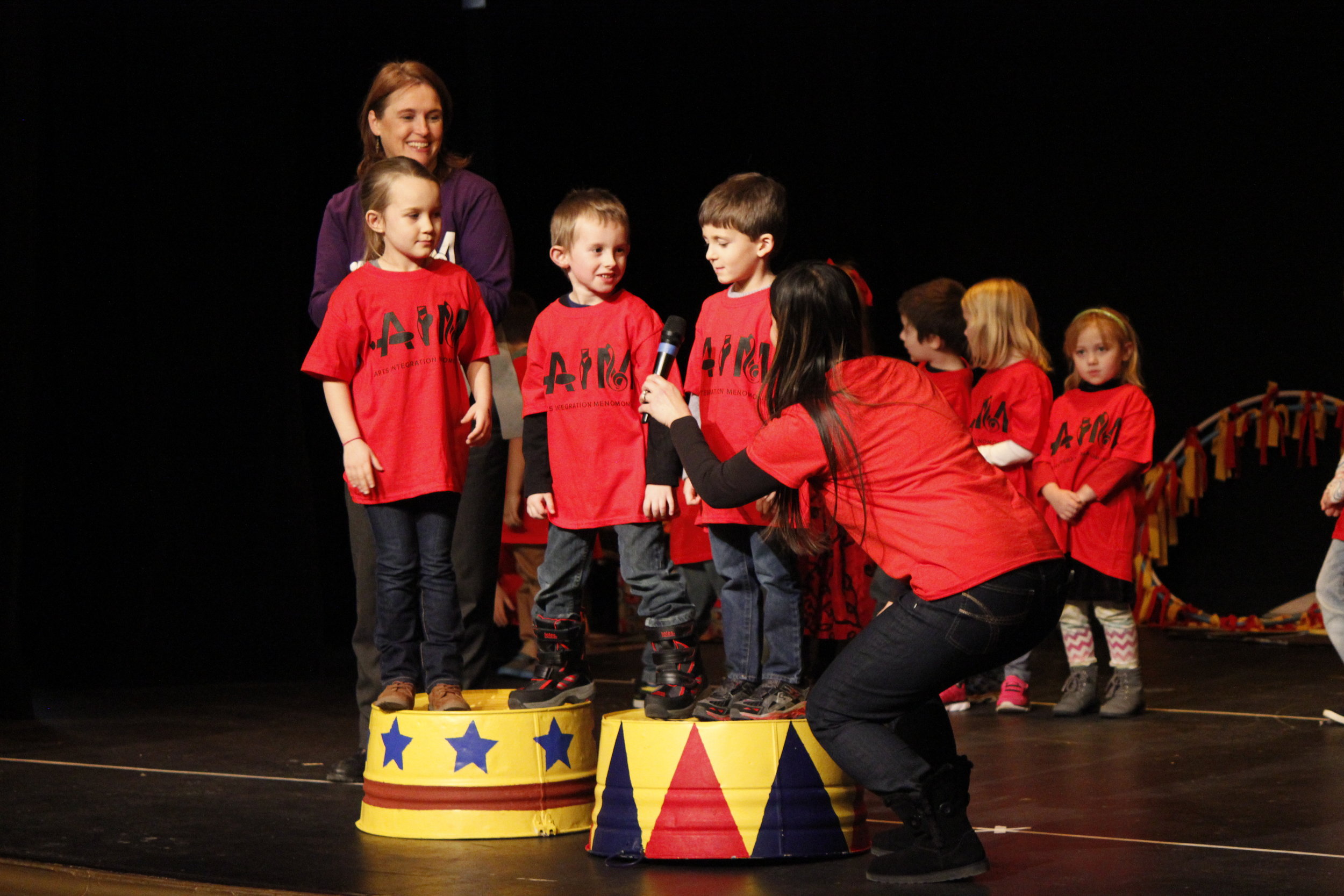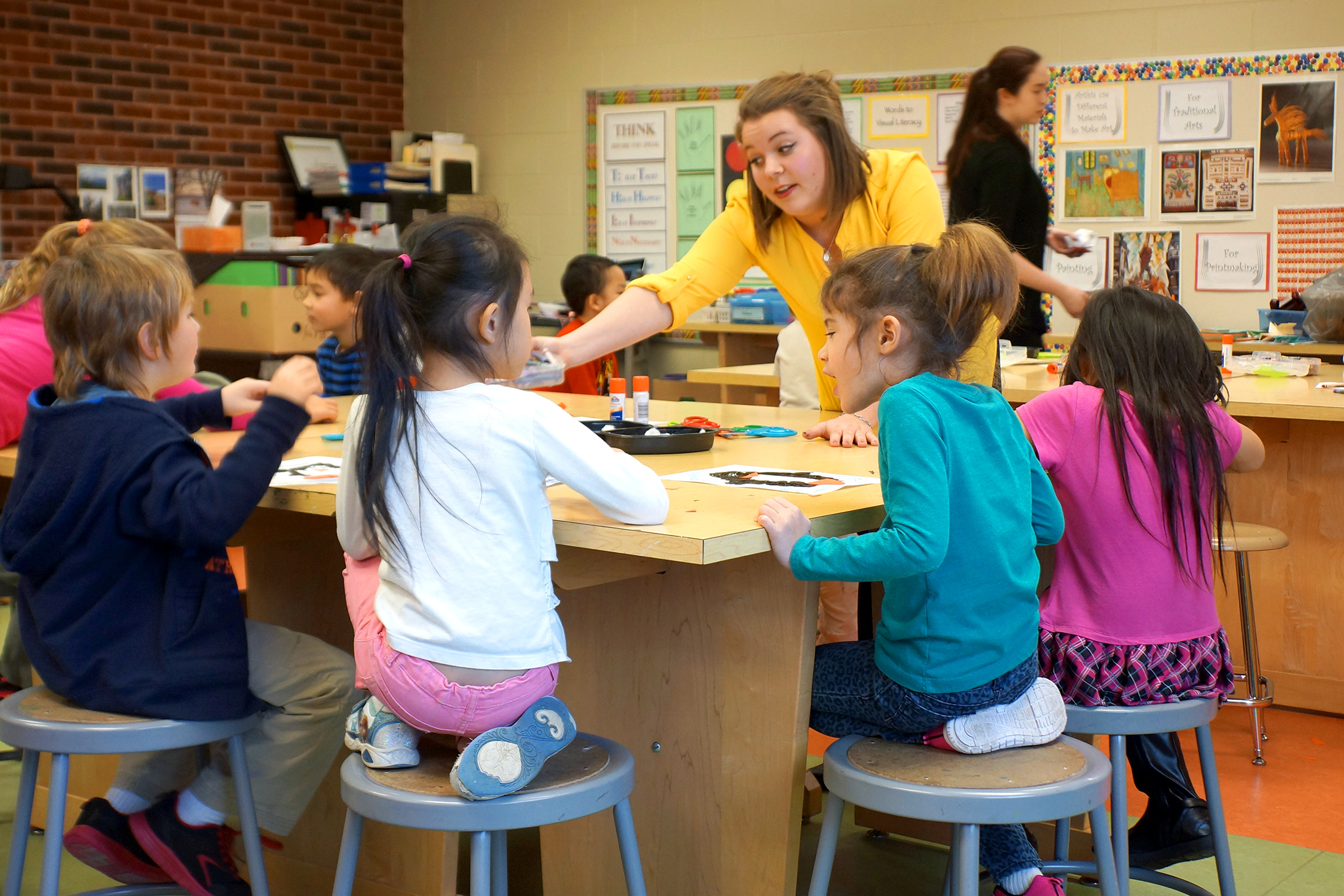OUR HISTORY
UW-STOUT IS one of three in the state of wisconsin
The University of Wisconsin-Stout is one of three institutes of higher education (out of 29 invited to apply) in the state of Wisconsin to be selected for a multi-million dollar grant to create programs and partnerships that promote the arts in teaching as a means of retaining high quality teachers.
Tami Rae Weiss, PhD
Art Education at UW-Stout
Principal Investigator
In 2013, Program Director of Art Education at UW-Stout, Dr. Tami Rae Weiss, became the Principal Investigator for a significant grant project. Beginning with a one-year planning grant, Dr. Weiss recruited a team of arts and education representatives from UW-Stout, the Menomonie School District, and the Menomonie community. This team included Kris Winter, Jeanne Styczinski, Tim Lutz, Peggy Larson, Tamara Brantmeier, Melody Brennan, Tracy DeRusha, Elizabeth Gilbert, Judy Gifford, and Jason Nicholas.
The team named its project: Arts Integration Menomonie, or A.I.M.
The A.I.M. team directed its efforts to synergize the strengths and uniqueness of UW-Stout and its schools of art and education (specifically Art Education and Early Childhood Education programs), and to collaborate with local schools and organizations to discover more effective and meaningful ways to support pre-teachers before they begin their teaching careers. Establishing a partnership with the School District of the Menomonie area, the A.I.M. team expanded its efforts to include early career teachers in their first five years of teaching. Through a shared commitment to teacher retention and arts integration, A.I.M. developed its arts programs to support emerging and new teachers.
THE UNIVERSITY OF WISCONSIN - STOUT
UW-Stout has a long history (since 1891) of preparing professionals to serve as leaders in education related fields. Today, the university prides itself as Wisconsin’s Polytechnic University, identifying three polytechnic tenets: career focus, applied learning, and collaboration.
The University of Wisconsin-Stout's teacher education program is state certified by Wisconsin’s Department of Public Instruction (WI DPI), and it is accredited by the Council for the Accreditation of Educator Preparation (CAEP). UW-Stout is one of only two public institutions in Wisconsin to attain this accreditation status. The Art Education program is also accredited by the National Association for Schools of Art and Design (NASAD). The Child and Family Study Center (CFSC) is accredited by the National Association for the Education of Young Children (NAEYC), and it has a five star rating with the state’s Young Star quality rating system.
UW-Stout’s teacher preparation program has achieved a reputation for leadership in the field of education. UW-Stout offers preparation for pre-service teachers, including its Early Childhood Education Program, which maintains a teaching license for children, birth through the 3rd grade. UW-Stout also offers preparation for art educators who earn the degree, B.S. in Art Education, and the teaching license: 550-ART, PK-12 Visual Arts. Altogether, the School of Education houses ten teacher education programs, two pupil services programs, three technical college education programs, seven teaching minors, nine certificate programs, and one administrative program. The School of Education also houses the Child and Family Study Center (CFSC), which serves children from 6 weeks to 5 years of age. This exemplary facility doubles as a laboratory school for education programs.
UW-Stout’s education courses are rigorous and part of a curriculum based on current research and informed by contemporary PK-12 school practices. Course curricula include early and authentic practicum experiences in classrooms with students. In addition, students work on service projects, host competitive events and conferernces, and engage in projects with faculty, staff and external partners. The School of Education has partnerships with area PK-12 School Districts which share an investment to strengthen professional development for pre-service teachers. UW-Stout College of Education graduates are placed across the United States and throughout the world, earning a placement rate over 98%.
UW-Stout has a reputation for art and design leadership. UW-Stout offers B.F.A. degrees, including Studio Art, Graphic Design, Industrial Design, Interior Design, Game Design, Apparel Design, and Entertainment Design. Further, UW-Stout offers an M.F.A. in Design and an M.S. in Education. Art faculty provide applied experiences for students take a cross-disciplinary approach to art and design education.
The faculty and academic departments (arts and education) exhibit high levels of expertise, professionalism and collegiality. UW-Stout is considered a teaching institution; and all faculty engage in teaching, research, and service. Faculty guide future teachers to build both theoretical and practical foundations, and encourage professional and personal development. The faculty and staff in the School of Education value and are committed to:
Excellence in teaching within high-quality, student-centered education programs involving active learning and appropriate technology.
Scholarship and research within applied knowledge and general education.
Collaborative relationships with business, industry, education, community and government.
Growth and development of students, faculty, and staff through active participation in university and professional communities.
Diversity of people, ideas, and experiences.


















